Understanding the High Plains Aquifer
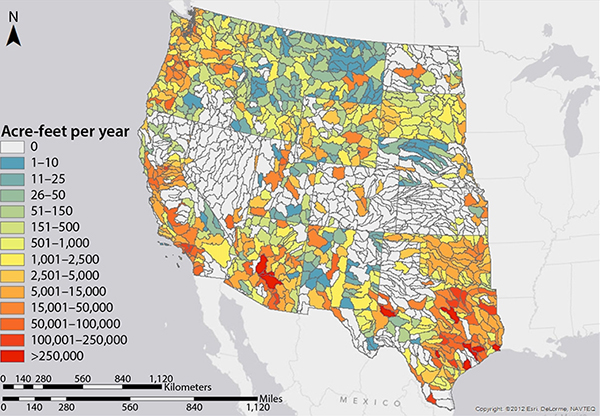
NISAC simulation shows how water demand will change by 2030. (Photo source: http://www.fastcodesign.com/3058542/the-scientists-who-simulate-the-end-of-the-world)
Sandia has conducted analyses of the economic impacts and resource risks related to the depletion of the High Plains Aquifer, which extends under Nebraska, Kansas, Oklahoma, Texas, and New Mexico. A three-year study by the National Infrastructure Simulation and Analysis Center (NISAC) has led to conference appearances and talks with officials in several states. Sandia presented at the Nebraska Infrastructure Protection Conference and held talks that were attended by the New Mexico state engineer, Oklahoma secretary of agriculture, and numerous stakeholders from Texas. (6900)
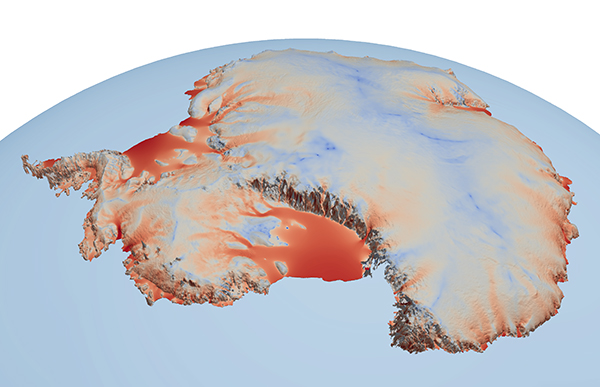
The High-Efficiency Adaptable Telemetry Transmitter (HEATT)
An ice sheet computational model developed by the Center for Computing Research in collaboration with Los Alamos climate scientists has been selected to be part of the next-generation DOE climate model. Modeling the dynamics of Greenland and Antarctic ice sheets is critical to making sea level rise predictions, which potentially have large national security implications. The model features robust and scalable parallel solvers, inverse capabilities for estimating model parameters, tools for quantifying the uncertainty of the predictions, and has been used for science publications. (1400)
EMPIRE, an electromagnetic and plasma physics application designed for performance assessment of nuclear weapons in electromagnetic and ionizing radiation environments, was enhanced for execution on next-generation platforms including Nvidia’s Tesla graphics processing unit and Intel’s Knights Landing processors. On-node performance on the early Trinity chips shows a factor of 43 speed-up going from one to 64 physical cores and effective use of hyper threads in the matrix assembly. Thus, the EMPIRE application demonstrated scaling on both current and next-generation applications superior to traditional message-passing interfaces. (1300)
Assessing potential cyber threats
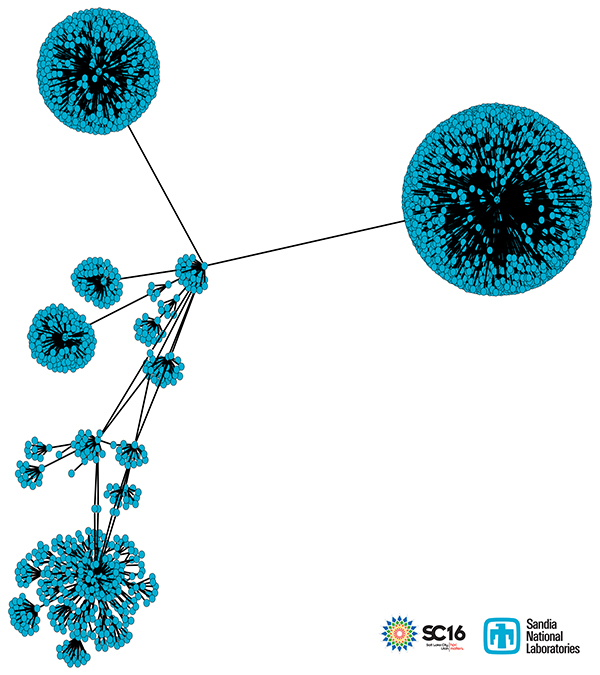
Sandia has developed a method of network and host discovery to automatically create high-fidelity emulation models for assessing potential cyber threats. The tools, integrated with Sandia’s Emulytics™ platform, can ingest real network sensor data and output a detailed description to create an emulated model of the network. These tools have been tested to model Sandia’s network and, recently, the network of SC16 Supercomputing conference which during the conference is the largest open network in the world. (8900)
In image at right, an automatically generated model of the SC16 Supercomputing conference’s SCinet network uses live data with Sandia’s minimega toolset. The modeled network consisted of more than 12k hosts and had a peak bandwidth near 1.2Tbit.
During a special Odyssey program review, the technical director of Sandia’s United States government partner presented a meritorious achievement award to three project teams — Driftwood, TwoIota, and Hearthstone. The awards recognized tremendous teamwork, technical accomplishments, and deliveries of technologies being used actively by the customer and are impacting national security. When asked, “Why do you come to Sandia?” the immediate reply was “The people are amazing!” These projects leverage Sandia’s cyber capabilities. (5600)
Identifying malicious network traffic
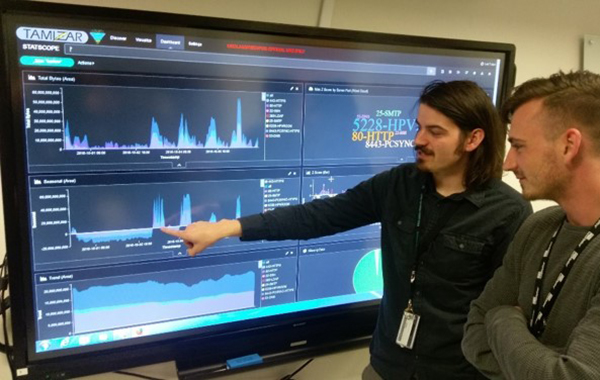
John Jacobellis and Cody Edwards discuss a network traffic spike.
Tamizar is a Sandia-developed software that identifies malicious network traffic. Because it focuses on anomalous behaviors it can detect novel, sophisticated attacks that would bypass signature-based technology. Tamizar has been adopted by four government organizations and was recently used with great success at two live cyber training exercises. (5600)
The Skypunch Team pressed the leading edge of cloud computing to bring new, differentiated research capabilities to Sandia. This team focused on establishing an R&D cloud environment that incorporates capability stewardship, mission integration program management, information assurance, cybersecurity, and emergent technologies. These goals were accomplished through integrating open source technologies to develop a common cloud computing framework and designing a multilevel system of R&D cloud environments. (5500, 5600, 9300, 1400)
PYOMO

Sandia lead engineer Terry Johnson, left, and NREL engineer Chris Ainscough prepare the Hydrogen Station Equipment Performance (HyStEP) device for testing. (Photo by Dennis Schroeder/NREL)
Researchers from Sandia, University of California, Davis, and Purdue University have developed Pyomo, extensible software for optimization-based analytics to support complex decision-making in real-world applications. Pyomo has been used to design sensor networks to protect water distribution systems, schedule DoD satellite sensors, schedule production of NW components, design cyber defense strategies, plan NNSA operations for nuclear weapon life extension programs, and control power grid operations. Pyomo v4.1 was selected as one of the winners of the 2016 R&D100 Awards. (1900)
Quantifying hostile and reentry environments
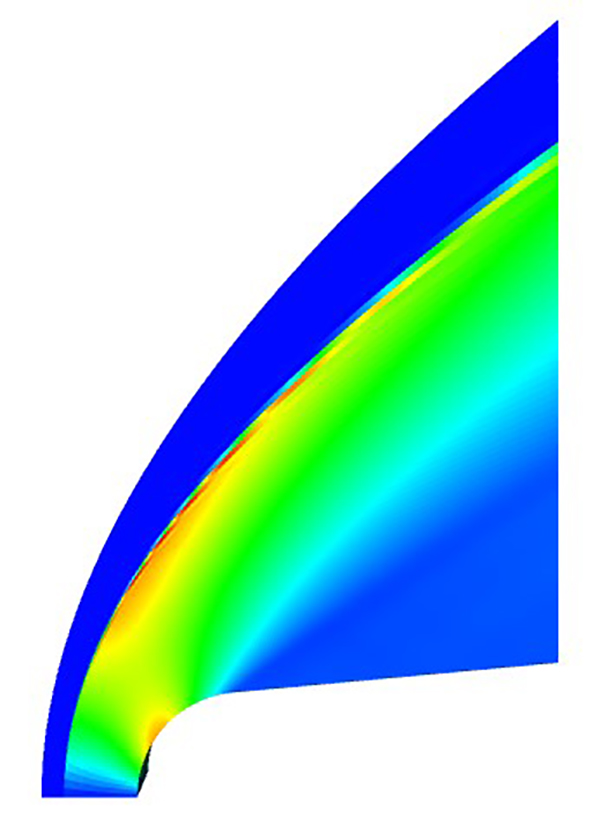
transient sensitivities in the SPARC hypersonic reentry application (red indicates higher sensitivity).
Accurately quantifying hostile and reentry environments for design of future stockpile systems without nuclear testing and with reduced numbers of flight tests requires new approaches to running simulations on next-generation supercomputers. Sandia has developed two new simulation codes for these environments that have successfully demonstrated that sensitivity and uncertainty analysis can be directly embedded within the codes along with performance portability abstractions that allow the same code to run on widely different computer architectures (Intel Phi and NVidia GPU). (1300, 1400, 1500)